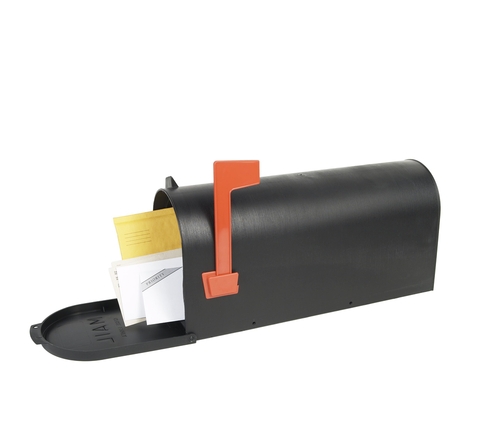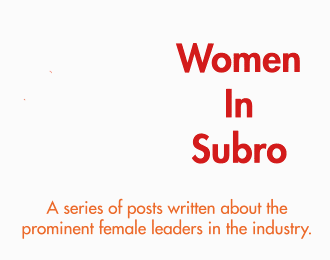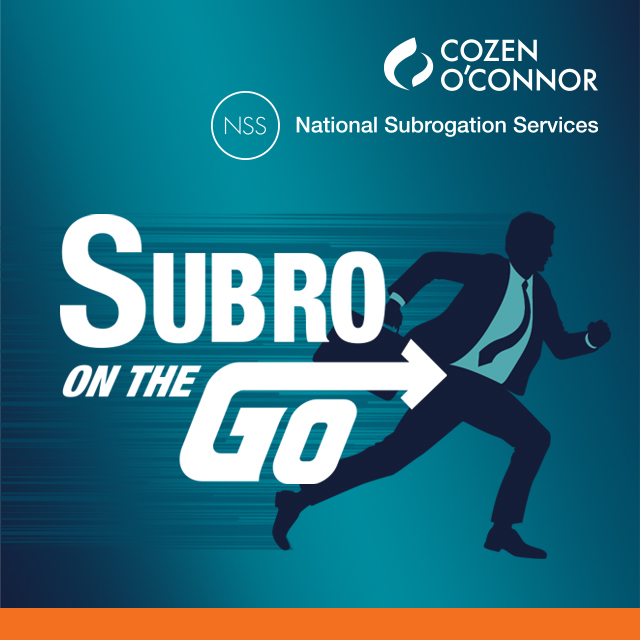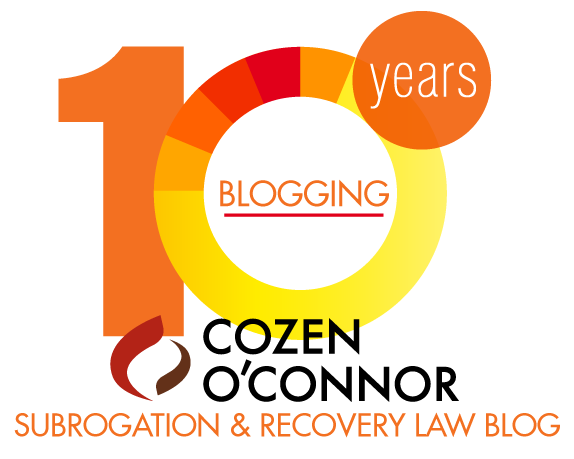Property insurers are all too familiar with losses caused by defective products. Some product defects are isolated instances, affecting only one unit, but in today’s era of mass production and of use of component parts supplied by third-party vendors, defects that affect every unit of a particular product are commonplace.
When a systemic defect is discovered, such as the defect affecting Ford cruise control systems or Norcold RV refrigerators, a prudent manufacturer will proactively issue a notice of product recall to consumers. Some such notices are published through the manufacturer’s website or through government channels, and are not directly sent to consumers. Others, such as the recalls issued by Ford and Norcold, are sent by mail directly to affected consumers. In many cases, the consumer ignores the recall notice, which can present problems for a subrogated property carrier attempting to recover against the manufacturer of the defective product.
In litigation, the problem arises when the product manufacturer can prove that it sent one or more recall notices to the insured. Manufacturers rely on the notices as evidence of the insured’s contributory negligence. However, the confirmed receipt of a recall notice by the insured does not automatically devalue your subrogation case. Further analysis should be done as there are several factors which can work in favor of a subrogated insurer. First, the insured may deny receiving the recall notice. Recall notices are almost always sent by standard US Mail, with no means of confirming the consumer’s receipt of the notice. In those instances, the assertion by the insured that he or she never received any notice of recall is often sufficient to drive up the value of the case. Because many recall documents are sent in plain envelopes which give no clue that they contain vital safety information, it is reasonable to assume it could be discarded as “junk mail”.
Even if there is no real dispute that a recall notice was received, the manufacturer must show that the recall was effective in curing the defect which it seeks to address. For example, some Ford owners have suffered fire losses relating to the cruise control systems of their vehicles after they had the recall work performed. Likewise, Norcold has issued repeated recalls of some of its RV refrigerators, and maintains a website advising certain consumers that “[e]ven if your refrigerator was repaired as part of a previous recall, it is necessary to have it repaired again to minimize the risk of injury or death due to fire.” If the recall work is not actually effective in correcting the product defect, it is arguable that the recall notices have no real effect. That is, if the product defect still exists after the recall work is performed, a consumer who ignores the notice has not failed to decrease his or her risk of a loss.
Recall notices can also be used as an offensive tool in subrogation actions. Many courts have admitted recall notices into evidence to show that a particular defect existed at the time the product left the manufacturer’s control. The plaintiff must show substantial, independent evidence of the defect’s occurrence in the actual product involved in their case. Further, if the recall issued prior to the date of the loss, the product manufacturer will be hard pressed to keep it out of evidence as a subsequent remedial measure. A recall notice coming into evidence is obviously devastating for the product manufacturer.
In short, subrogated insurers should not despair when they learn that their insured received one or many recall notices relating to a product which caused a loss, as significant value may still be recovered.




